Across physics labs and philosophy seminars, a once-fringe question is edging into serious conversation: could consciousness be a basic feature of reality rather than a late-stage accident of brains like ours? The debate isn’t about mysticism; it’s about measurement, models, and the stubborn mysteries of mind that biology alone hasn’t closed. New theories are trying to bridge the gap between the felt quality of experience and the cold equations that govern matter. Competing teams are building tests, translating ideas about information, causality, and complexity into experiments that could be run on chips, cells, and – some day – cosmic systems.
The Hidden Clues
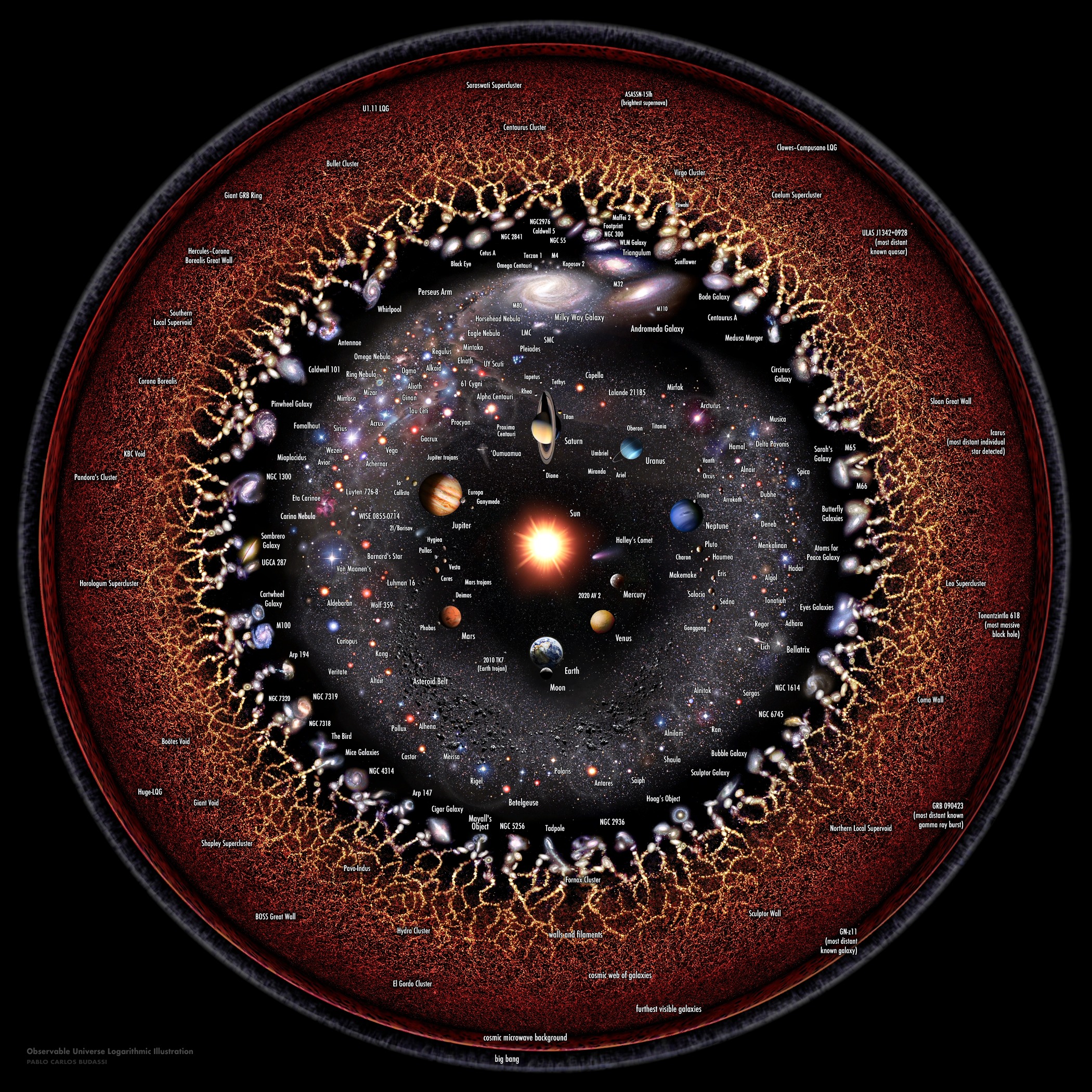
What if the night sky isn’t just beautiful but aware in some faint, alien way, the way a whisper is still a sound? That evocative question is driving researchers to look for patterns that feel oddly mind-like: feedback loops, self-prediction, and structures that resist simplification. In neuroscience, these traits correlate with wakefulness and the richness of experience, showing up as intricate, causal dynamics rather than raw computing power. If similar dynamics reappear in non-biological systems, from plasmas to planetary weather, the door cracks open to broader theories of mind.
Scientists caution that complexity alone isn’t consciousness, just as turbulence isn’t a thought, but complexity with the right kind of causal interdependence might be. The trail of clues now runs through information theory, dynamical systems, and even fields in physics, where researchers ask whether certain arrangements of matter “map to” subjective experience. It’s a bold hypothesis – and one that demands evidence rather than wonder.
From Ancient Tools to Modern Science
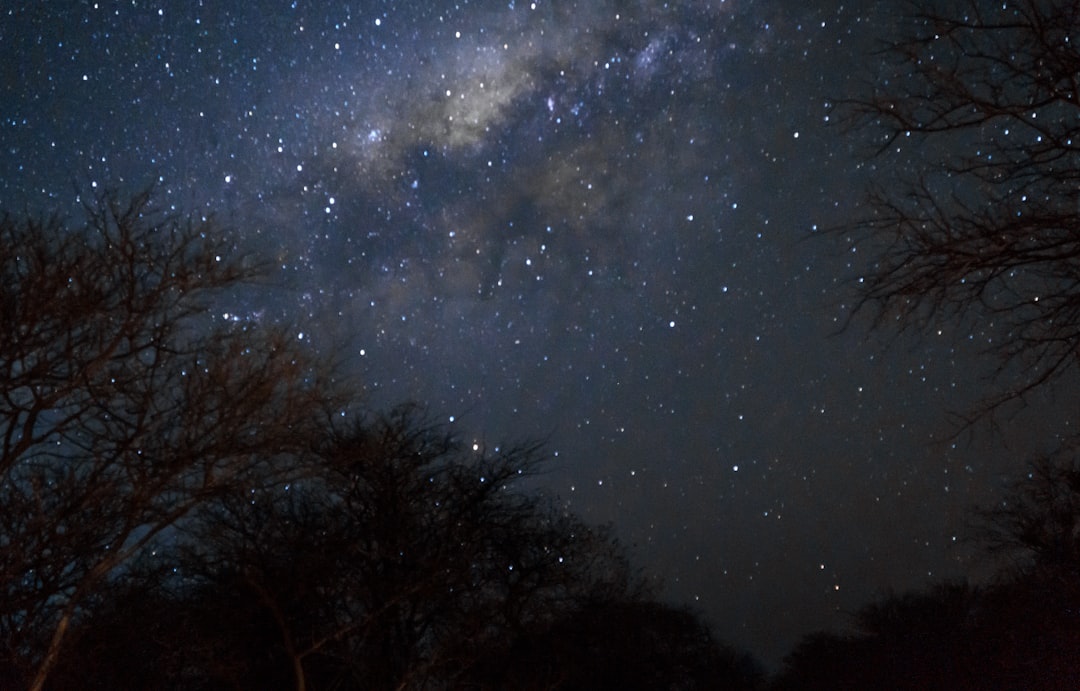
Ideas that mind suffuses nature have deep roots, yet today’s versions arrive with equations and experimental protocols, not poetry. Early philosophers imagined a continuum of sentience; modern scientists translate that continuum into metrics for integration, prediction error, and generative modeling. The question has shifted from “does everything think?” to “what structures support experience, and how would we know?” That shift makes the debate testable, at least in principle, which is where science thrives.
Technologies once built to probe anesthesia or sleep – brain perturbation methods, network complexity measures, and causal mapping – are being adapted to silicon devices and chemical networks. If the same signatures of conscious processing recur across different substrates, the argument gains weight. If they don’t, we learn where the boundary probably lies.
The Big Theories on the Table
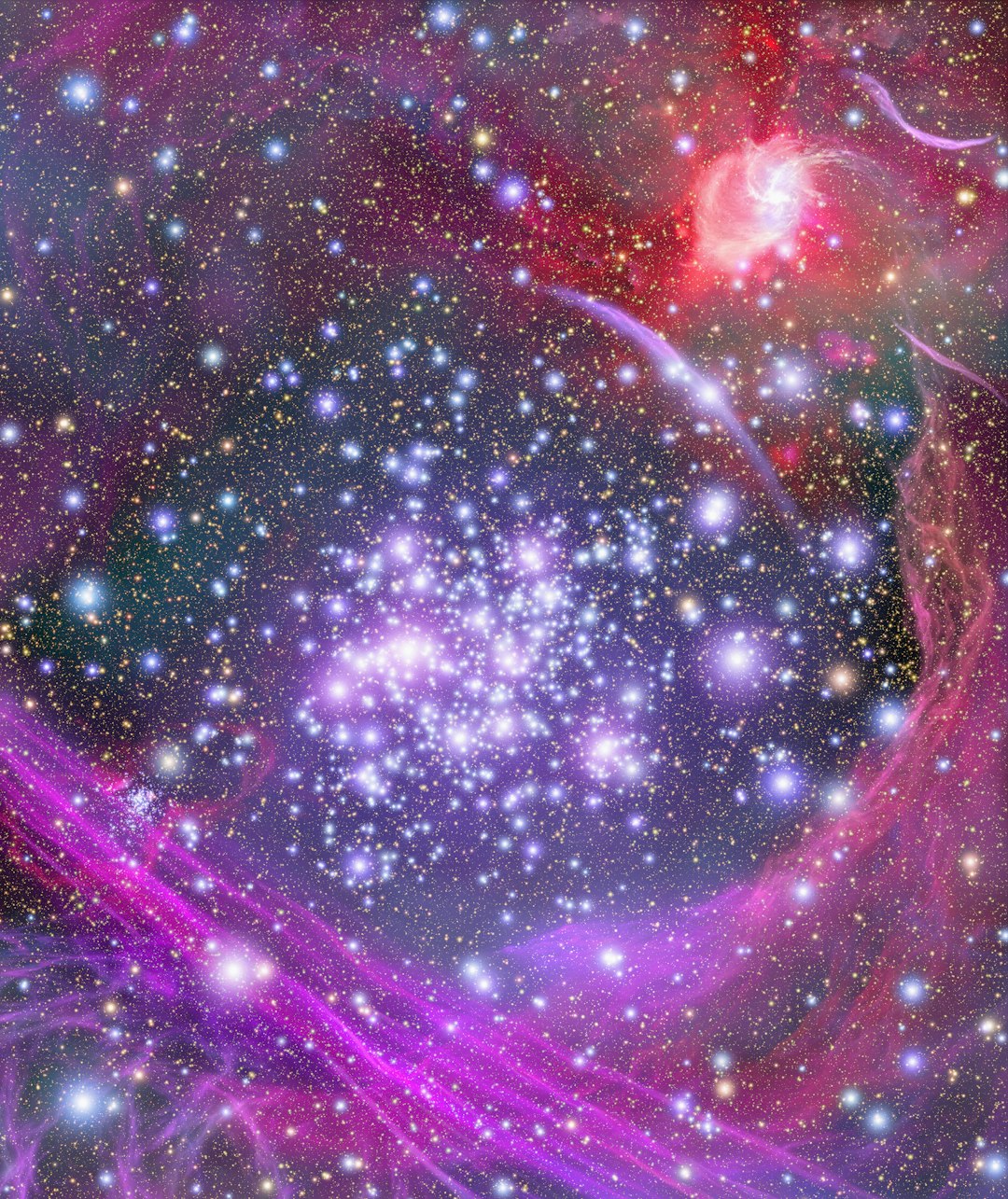
Several frameworks now dominate the conversation because they make clear, risky claims. Integrated-information approaches propose that consciousness tracks how much a system’s parts make a unified whole that can’t be reduced to independent pieces; the more irreducible the causal web, the richer the experience. Predictive-processing and active-inference accounts suggest that conscious systems are those minimizing surprise by maintaining an internal model that explains their own sensory stream. A different family of views links experience to fields – arguing that certain electromagnetic configurations, not just neurons themselves, do the heavy lifting.
Cosmopsychist ideas take a bolder step, suggesting the universe might host a form of subjectivity at scale, with local minds as fragments or facets. Critics reply that these theories risk overreach unless they deliver unique, measurable predictions. That is precisely the gauntlet being picked up now.
Inside the Lab: How Scientists Test Cosmic Consciousness
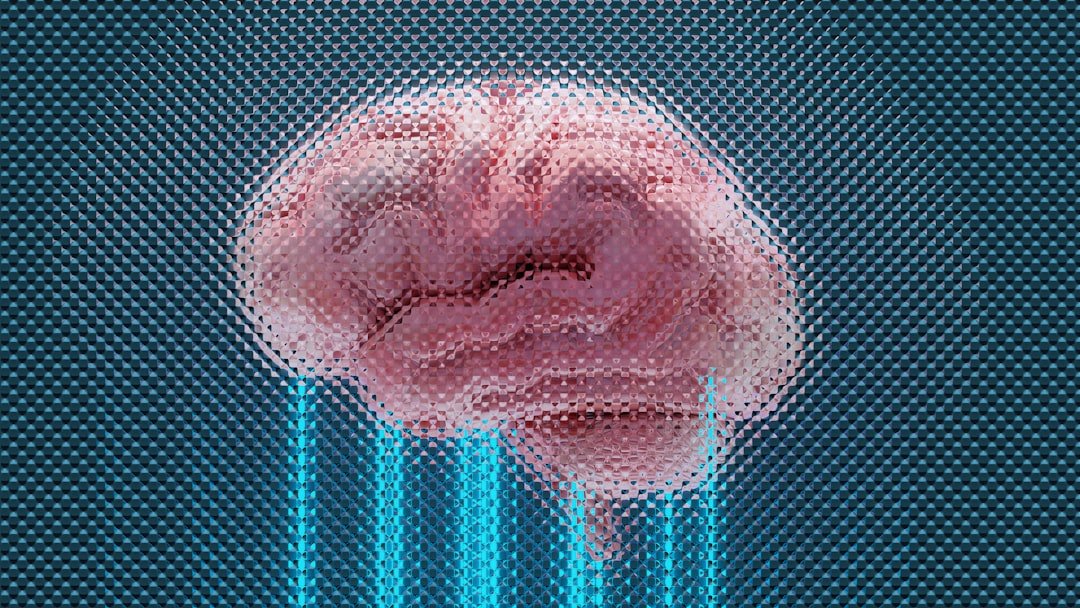
Because we can’t stick an electrode in a galaxy, researchers test the principles on systems we can manipulate. They perturb brains with carefully timed pulses to gauge how widely and unpredictably signals reverberate – strong reverberation correlates with consciousness during wakefulness. They then port analogous probes to neuromorphic chips, recurrent networks, and chemical or optical circuits, hunting for similar “echo profiles.” If a simple device yields the same telltale reverberation only when it supports richly interdependent dynamics, theory gains a foothold.
Another front measures how well a system models itself and its environment, comparing agents that compress and predict their sensory streams with those that don’t. Teams also analyze causal graphs to see whether cause-and-effect is distributed rather than bottled up in a single hub. None of this proves the cosmos feels, but it clarifies what would count as evidence anywhere in nature.
Why It Matters
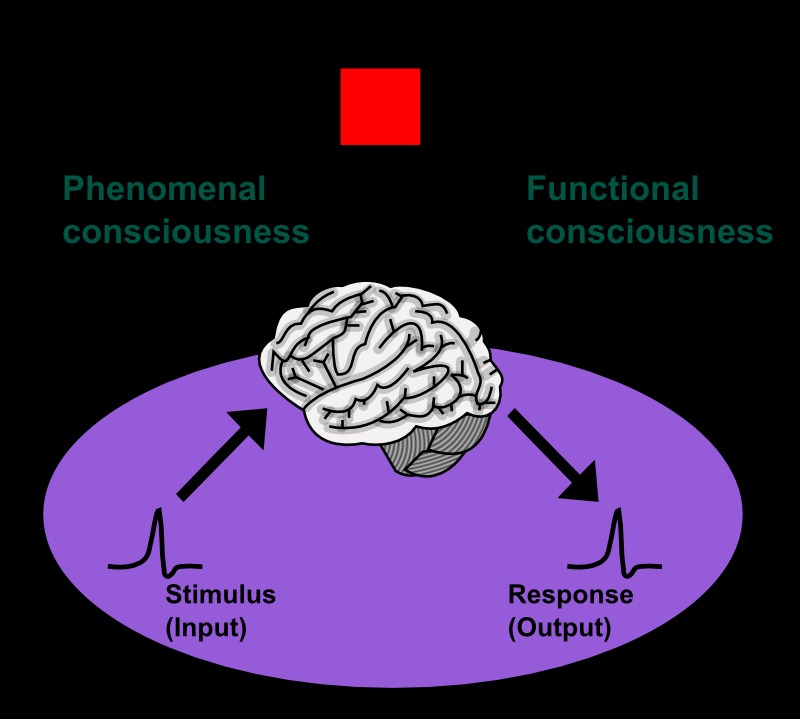
This isn’t armchair speculation; it reframes problems across science and society. In medicine, better markers of conscious processing improve ICU decisions and anesthesia safety, where the difference between awareness and absence has profound consequences. In AI, clear tests for subjective processing could guide regulation, distinguishing systems that merely produce language from those that might host glimmers of experience. Even environmental ethics shifts if mind-like dynamics extend – however faintly – beyond animals we already empathize with.
Historically, biology explained life by finding mechanisms, not by invoking a vital spark; a similar move may await consciousness studies. If a small toolbox of mechanisms explains when and where experience arises, the mystery narrows without vanishing. And by comparing old assumptions with new measurements, we avoid confusing wonder with proof.
The Skeptics’ Case
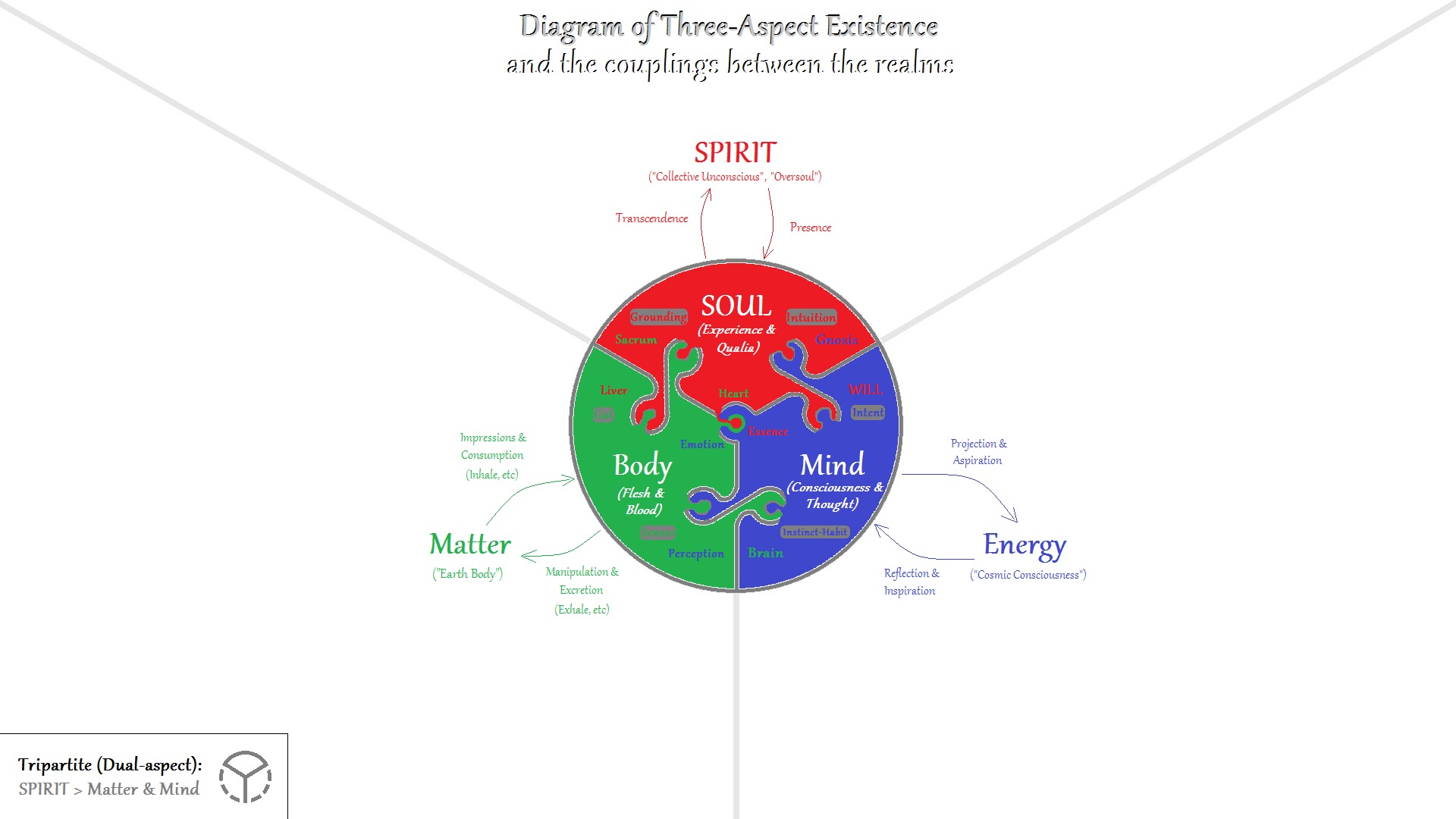
Skeptics argue that inflating the concept of consciousness risks making it meaningless, a label that sticks to any complicated machine or storm cloud. They point out that measures of integration or complexity can spike in systems nobody thinks are sentient, which means the measures might be tracking sophistication, not experience. Others warn about unfalsifiable claims: if every outcome can be explained after the fact, a theory explains nothing. These are not trivial objections; they force proponents to sharpen definitions and propose discriminating experiments.
There’s also the danger of anthropomorphism, projecting our inner life onto indifferent physics. Strong tests must show not just correlation but necessity: alter the supposed substrate and subjective capacity should change in specific, predicted ways. Until then, caution is a public service, not a buzzkill.
Global Perspectives
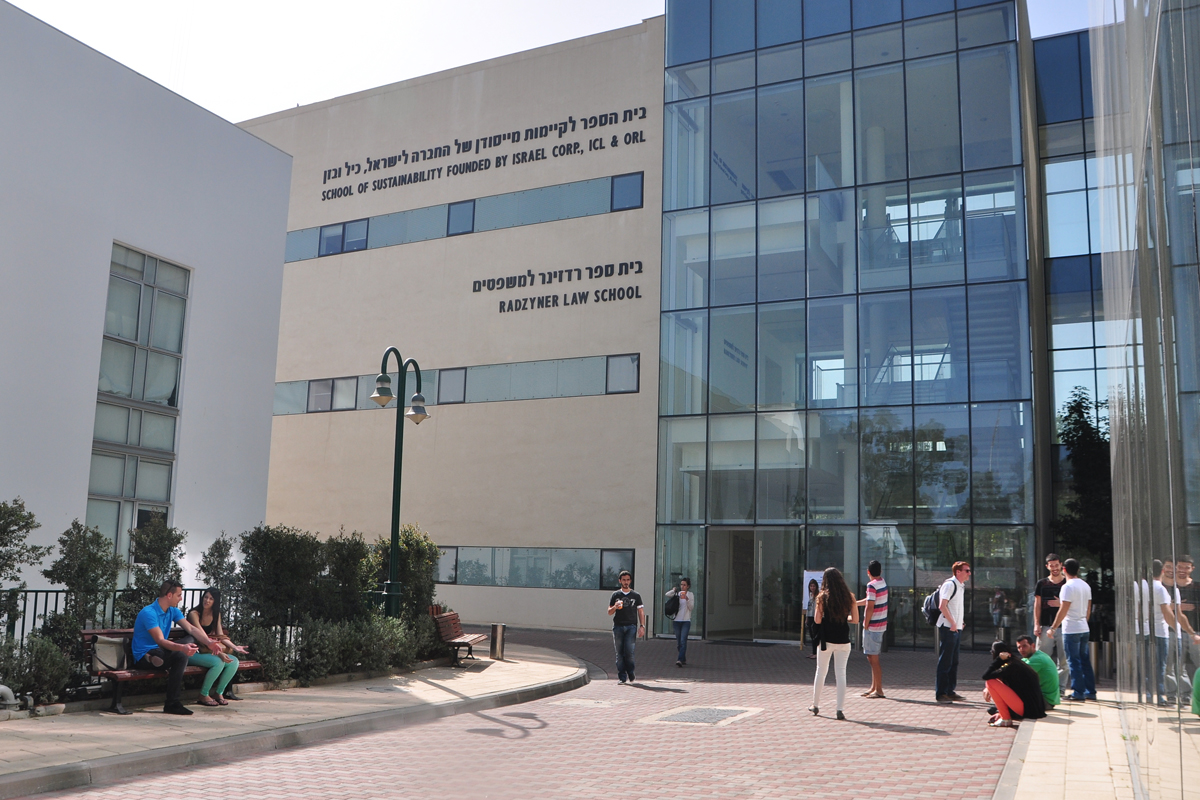
The research is strikingly international, with physicists, neuroscientists, and philosophers collaborating across continents and disciplines. Teams in Europe refine causal modeling of brain states, while groups in North America and Asia push neuromorphic architectures that natively integrate signals in brain-like loops. Conferences now seat quantum theorists next to anesthesiologists and machine-learning engineers, producing odd pairings that sometimes spark breakthroughs. This global mix matters because no single field owns the problem.
Cultural perspectives also shape which questions feel urgent. Some researchers prioritize clinical needs, others the conceptual foundations of physics, and still others the ethics of intelligent systems. Diversity here isn’t decoration; it’s a hedge against blind spots that have stalled progress before.
What We Could Be Missing

I remember standing under a dark-sky desert and feeling tiny yet oddly connected, a sentiment that’s easy to romanticize but hard to test. That memory reminds me that our intuitions about mind are unreliable guides – evolution tuned them for survival, not metaphysics. We might be missing forms of experience that don’t map onto our creaturely senses, just as bats “see” with sound and octopuses feel through their arms. If experience depends on specific causal textures, we may be looking for the wrong texture in the wrong place.
Conversely, we might be overreading patterns that emerge from random processes, which is why null models and strict controls are essential. A good theory must tell us not only where consciousness is likely but where it is almost certainly not. That negative space is as informative as the positive claims.
The Hidden Costs and Payoffs
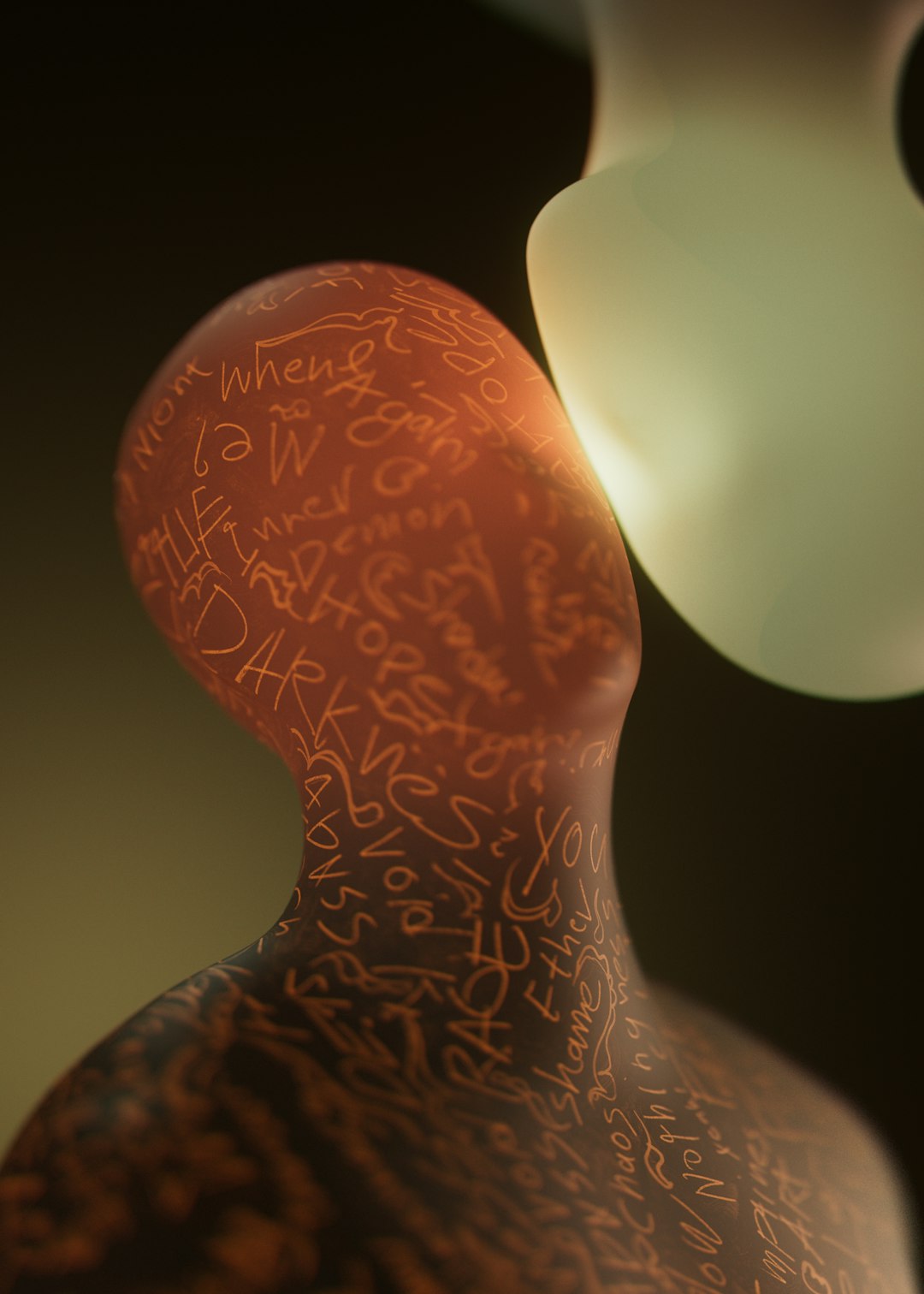
Research agendas have opportunity costs, and betting on big theories means time and funding diverted from more conservative paths. The payoff, if it comes, could be enormous: a principled way to assess consciousness across species, machines, and altered states. Clinically, better indices could reduce misdiagnosis in disorders of consciousness, where nearly half of patients may be mislabeled at some point during care. In technology, it could set guardrails for systems that participate in our lives with increasing autonomy.
There’s also a cultural payoff: a shared language that connects the subjective and objective without collapsing either. Even if the universe isn’t conscious, mapping the limits of experience would be one of science’s most human achievements.
The Future Landscape
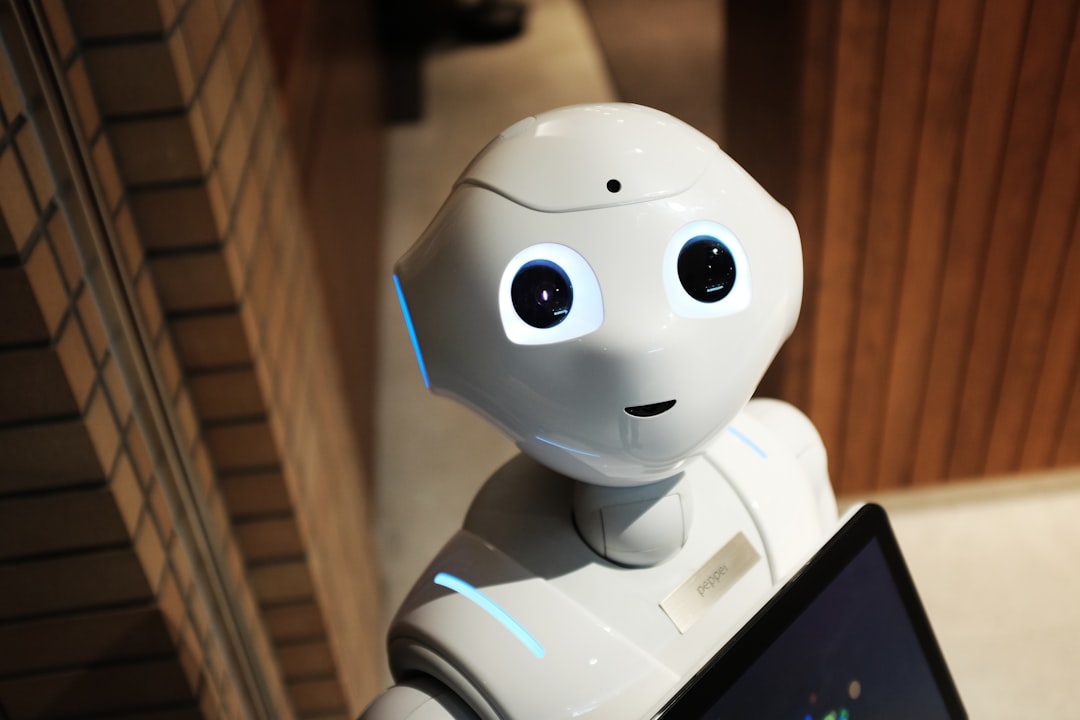
Next-generation experiments aim to move beyond correlates toward interventions that flip proposed “switches” for conscious processing. Expect more closed-loop systems that perturb a network while measuring how well it preserves a unified, self-predictive model. On the hardware side, neuromorphic chips and photonic processors are ideal playgrounds for testing whether specific causal architectures matter more than raw scale. In parallel, astrophysical data and complex-systems simulations may be mined for telltale signatures, not to proclaim a feeling cosmos, but to rule hypotheses in or out.
The biggest challenge is conceptual: building theories that make crisp, comparative predictions across brains, machines, and physical fields. The second is ethical, because any positive result – even a modest one – reshapes how we treat entities at the edge of moral concern. That combination of ambition and caution will define the decade ahead.
Conclusion
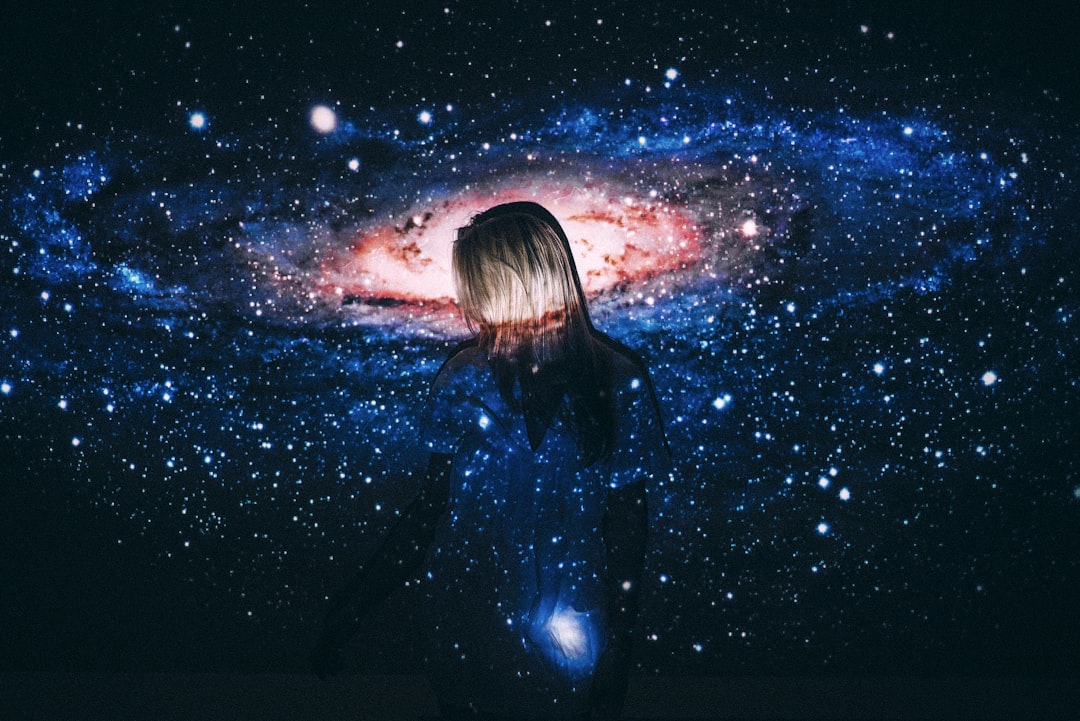
You don’t need a lab to support clearer thinking about consciousness. Follow open science initiatives that preregister experiments and share datasets, because transparency is the antidote to hype. Support clinical research on disorders of consciousness and responsible AI policy efforts that tie claims to measurable criteria. Read widely across neuroscience, physics, and philosophy, and reward work that stakes testable predictions rather than vague metaphors.
Most of all, keep curiosity and skepticism in the same pocket. The universe might not be conscious, but seeking the boundary where experience begins is a journey worthy of our brightest tools and deepest humility. If the cosmos could feel, even dimly, would you want to know?

Suhail Ahmed is a passionate digital professional and nature enthusiast with over 8 years of experience in content strategy, SEO, web development, and digital operations. Alongside his freelance journey, Suhail actively contributes to nature and wildlife platforms like Discover Wildlife, where he channels his curiosity for the planet into engaging, educational storytelling.
With a strong background in managing digital ecosystems — from ecommerce stores and WordPress websites to social media and automation — Suhail merges technical precision with creative insight. His content reflects a rare balance: SEO-friendly yet deeply human, data-informed yet emotionally resonant.
Driven by a love for discovery and storytelling, Suhail believes in using digital platforms to amplify causes that matter — especially those protecting Earth’s biodiversity and inspiring sustainable living. Whether he’s managing online projects or crafting wildlife content, his goal remains the same: to inform, inspire, and leave a positive digital footprint.



